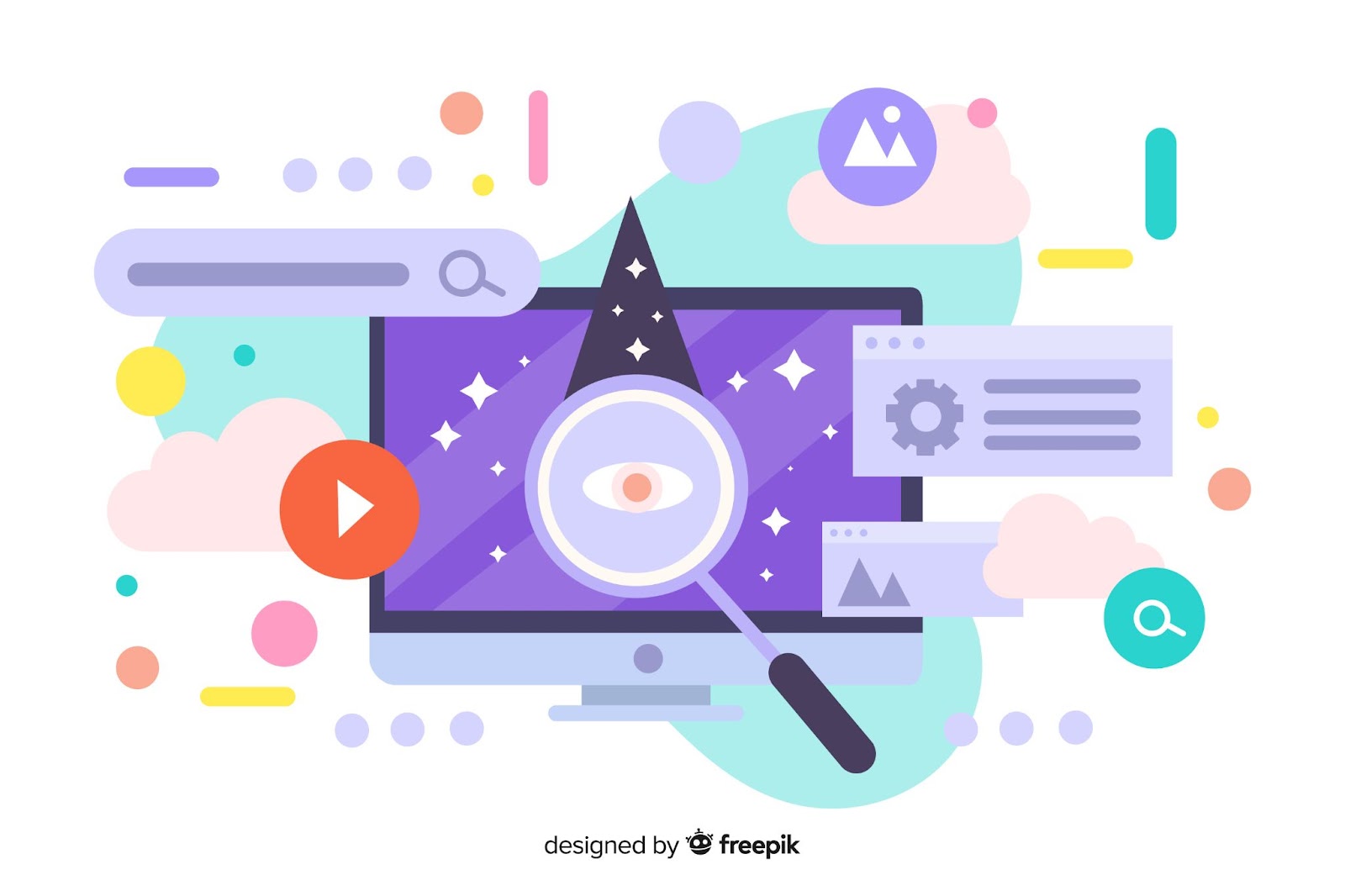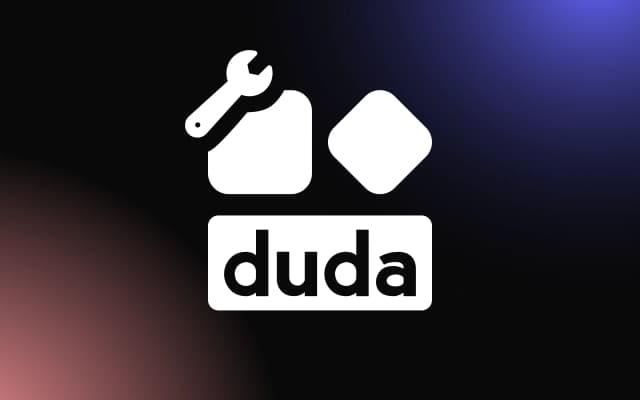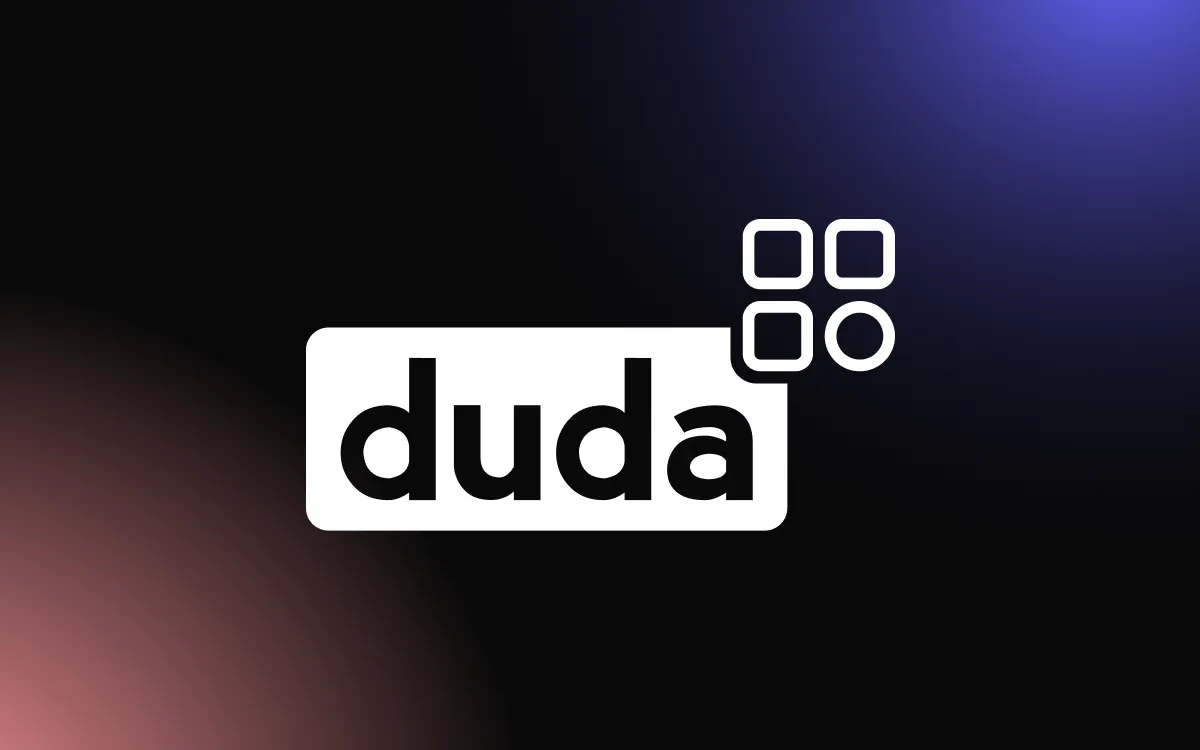
While Duda offers a powerful platform for building websites, sometimes the default features don’t fully meet specific needs.
Custom widgets allow you to add unique functionality and elevate your site’s user experience, but without the right guidance, developing them can feel overwhelming. By following key best practices and leveraging effective tools, you can create a Duda widget that integrates seamlessly with your website and enhances its performance.
This article will outline the best practices and tools to help you develop custom widgets on Duda efficiently.
Why Develop Custom Widgets for Duda Websites?
Creating a custom Duda widget for your website can significantly enhance its functionality, user experience, and design. While Duda offers a variety of built-in tools, custom widgets allow you to tailor your website to meet specific business needs and provide unique features that set you apart from competitors.
One major advantage of a Duda widget is flexibility. You can design widgets to include interactive elements, custom forms, or advanced media displays that align perfectly with your branding and goals. This level of customization ensures your website delivers a user experience that stands out.
Custom widgets also improve functionality by integrating with external APIs and services. For example, you can connect your website to third-party tools like booking systems, e-commerce platforms, or CRM software, creating a seamless workflow.
Additionally, a well-designed widget enhances website performance by delivering specific features without the need for multiple plugins, reducing load times and ensuring better stability.
Enhancing Functionality with Duda Widgets
Custom widgets and thoughtful Duda widget design enable you to add specialized features to your website, enhancing functionality and improving user experience. While Duda’s platform offers robust tools, widgets provide an opportunity to integrate tailored solutions that address specific needs.
With a widget, you can implement advanced features such as interactive forms, dynamic content displays, or custom sliders. These additions not only enhance the visual appeal of your site but also improve its usability, making it easier for visitors to navigate and interact.
Widgets can also integrate external tools and APIs, such as booking systems, e-commerce platforms, or analytics software, creating seamless workflows and enriching the website’s capabilities.
How Custom Widgets Improve User Experience
Custom widgets significantly enhance user experience by adding personalized and interactive elements to your website. These widgets are tailored to your specific business needs, enabling you to deliver functionality that resonates with your audience.
A widget can simplify navigation, streamline processes, and engage visitors through features like interactive forms, dynamic content, or media displays. For instance, an events widget can showcase real-time updates, while a testimonials widget builds trust with customer reviews.
Custom widgets also allow seamless integration with third-party tools, such as booking systems or e-commerce platforms, ensuring a smooth and efficient user journey. By reducing the need for external plugins, widgets also help improve site speed and performance, enhancing overall satisfaction.
Tools for Duda Widget Development
When undertaking Duda widget development, having the right tools is essential for creating functional and visually appealing widgets that integrate seamlessly with your website. Here’s a list of tools and platforms that streamline the process:
1. Duda Developer Mode
Duda’s Developer Mode is the primary tool for Duda widget development. It allows you to access and modify the widget code directly, offering flexibility in designing custom widgets that meet specific requirements.
2. JavaScript Frameworks
Frameworks like React, Vue.js, or plain JavaScript are commonly used to build interactive widgets. These tools enable you to add dynamic functionality and ensure compatibility with modern web standards.
3. Duda API
The Duda API facilitates seamless integration of external services with your widgets. For example, you can connect CRM platforms, booking systems, or payment gateways, enhancing your website’s capabilities.
4. CSS and HTML Editors
For styling and layout, tools like Visual Studio Code or Sublime Text are invaluable. They enable you to craft visually appealing widgets by customizing fonts, colors, and responsive design.
5. Testing and Debugging Tools
Tools like Chrome DevTools or Postman are essential for testing and debugging widget development projects. They help you identify and resolve issues quickly, ensuring smooth widget performance.
6. Third-Party Libraries
Libraries like jQuery or Bootstrap simplify widget design and add pre-built functionality, speeding up the development process.
Best Practices for Duda Widget Development
Effective widget development requires careful planning and execution to ensure your widgets enhance website functionality and user experience. Here are best practices to guide your development process:
1. Understand Widget Requirements
Before beginning, define the purpose of your widget. Identify the specific problem it will solve or feature it will provide, such as dynamic content, forms, or social media integrations. Clear objectives ensure a focused and functional design.
2. Leverage Duda Developer Mode
Use Duda’s Developer Mode to access and modify widget code directly. This tool allows for complete customization of HTML, CSS, and JavaScript, enabling you to build widgets that align perfectly with your website’s design and goals.
3. Ensure Responsiveness
Prioritize mobile-friendly designs during widget development. Test your widget across various devices to confirm it displays and functions seamlessly, regardless of screen size.
4. Integrate External Tools
Enhance your widgets with third-party APIs or libraries. For example, integrate booking systems, analytics, or CRM tools to add valuable functionality to your widget.
5. Optimize Performance
Minimize code bloat and ensure efficient loading times to keep your website fast and user-friendly.
By following these best practices, you can master widget development and create powerful, user-focused tools that elevate your website’s performance and engagement.
6. Testing and Debugging Your Custom Widgets
Thorough testing and debugging are crucial steps in widget development to ensure optimal functionality and performance. Start by testing your custom Duda widget across multiple devices and browsers, such as Chrome, Safari, and Firefox, to check for responsiveness and compatibility.
Use tools like Chrome DevTools to inspect and debug HTML, CSS, and JavaScript code in real time. Validate your widget’s performance by simulating various user interactions and scenarios, such as form submissions or dynamic content loading.
Address any errors promptly to enhance stability and usability. Regular testing ensures your widget functions seamlessly, providing an exceptional user experience.
Build Smarter with Custom Duda Widgets
Creating a custom Duda widget is a strategic way to tailor your site’s functionality to your needs and stand out from competitors. By applying best practices and utilizing the right tools, you’ll streamline development and ensure your widget performs flawlessly. Start building your custom widget today to unlock new possibilities for your Duda website!


